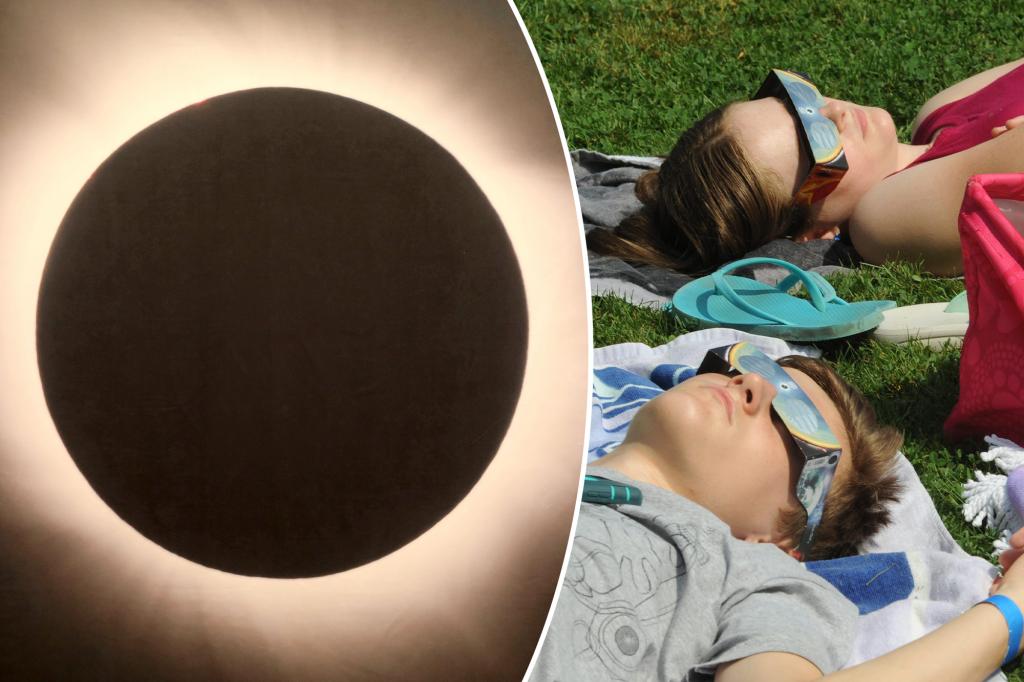On April 8, a total solar eclipse is set to occur, with a path of totality cutting a 115-mile swath from southwest Texas to eastern Maine. However, experts are warning that the path of totality may be subject to change due to uncertainties in the size of the sun and the rotation of the Earth. This means that some towns and cities previously believed to be within the eclipse zone may find themselves just outside of it.
As the width of the path of totality may be slightly narrower than previously predicted, even being a few city blocks off could mean missing out on totality entirely. To maximize the chances of experiencing the total solar eclipse for as long as possible, experts suggest getting as close to the center of the zone of totality as possible. Traveling a mile or two towards the center can significantly increase the length of time one can view totality.
In addition to potential changes in the path of totality, the weather can also impact viewers’ ability to witness the eclipse. Cities near the Great Lakes, such as Buffalo and Cleveland, are known for cloudy conditions, which could obstruct views of the eclipse. If the sky is obscured by clouds, viewers may miss out on seeing key stages of the eclipse, such as first contact and the diamond ring that occurs just before totality.
For those unable to travel to cities within the path of totality or are concerned about cloudy weather, NASA and the Associated Press are offering livestreams of the event. NASA will provide several hours of online streaming and televised coverage from various locations along the totality path. The Associated Press will also livestream the eclipse, featuring live views from different locations and interviews with organizers and scientists.
While the total solar eclipse on April 8 is highly anticipated, there are uncertainties that could affect viewers’ experiences, such as changes in the path of totality, weather conditions, and city locations. Traveling closer to the center of the eclipse zone can increase the likelihood of observing totality for a longer duration. For those unable to witness the event in person, NASA and the Associated Press are offering livestreams to ensure that everyone has the opportunity to experience the last total eclipse visible in the United States until 2044.















